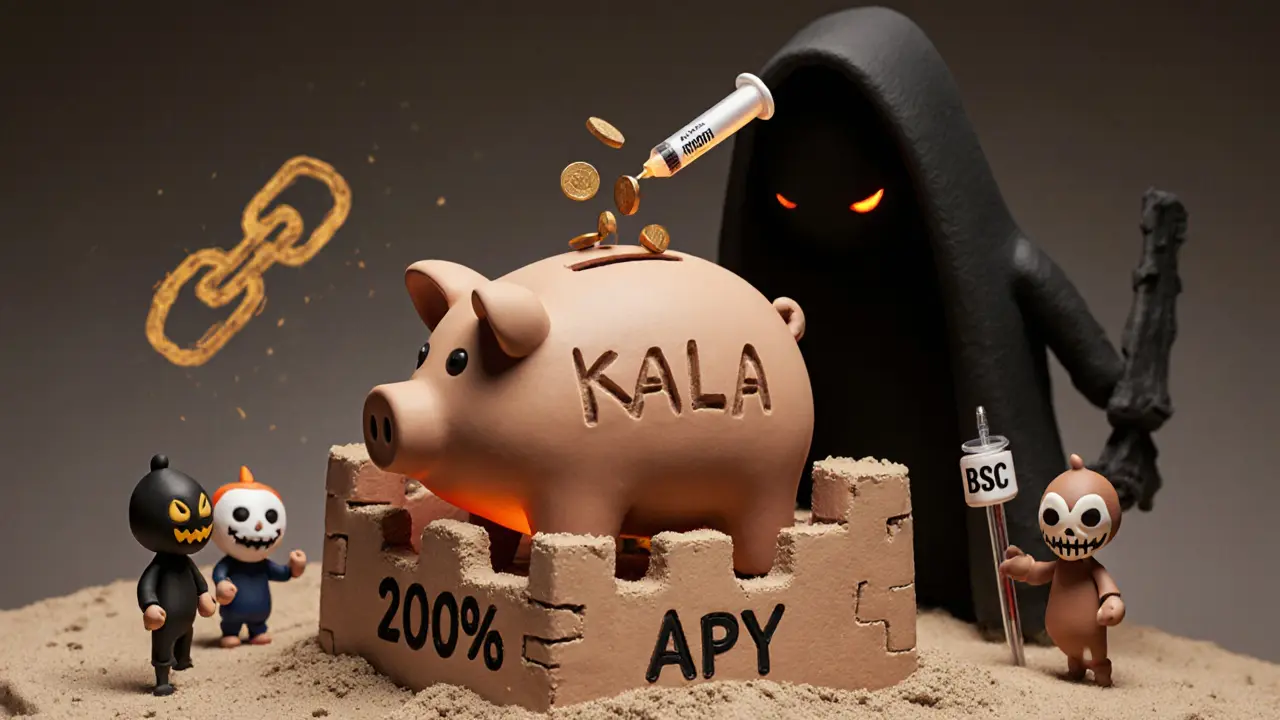Kalata Protocol: What It Is, How It Works, and Why It Matters in Crypto
When you think about Kalata Protocol, a privacy-first blockchain layer built to hide transaction details using zero-knowledge proofs. It’s not just another blockchain—it’s a tool designed to make crypto transactions truly private, even on public ledgers. Unlike Bitcoin, where every transfer is visible to anyone, Kalata Protocol uses advanced cryptography to prove a transaction is valid without revealing who sent it, how much was sent, or where it went. Think of it like sending a sealed envelope that says, ‘This is legit,’ but doesn’t show the contents. That’s the core idea behind zero-knowledge proofs, a cryptographic method that verifies information without exposing the data itself. This isn’t science fiction—it’s how Kalata keeps users safe from surveillance, tracking, and chain analysis tools used by exchanges and regulators.
Kalata Protocol doesn’t replace existing blockchains. Instead, it works on top of them, adding privacy to tokens that normally have none. You can use it with Ethereum, Solana, or any chain that supports its smart contracts. That makes it different from privacy coins, like Monero or Zcash, which are built from the ground up to be private. Those coins are isolated ecosystems. Kalata lets you add privacy to the coins you already hold. It’s like putting a lock on your front door instead of moving to a new house. This flexibility is why developers and privacy-focused users are paying attention. But it’s not perfect. Kalata’s tech is complex, adoption is still small, and not all wallets support it yet. Still, if you care about financial privacy in DeFi—where every trade, loan, or yield farm leaves a digital trail—this is one of the few tools that actually blocks that trail.
What you’ll find in the posts below isn’t a marketing pitch. It’s real talk about what works, what doesn’t, and who’s using Kalata Protocol right now. You’ll see how it compares to other privacy layers, what happens when exchanges flag its transactions, and whether it’s worth the extra steps for everyday users. Some posts warn about risks. Others show how it’s being used in real DeFi apps. No fluff. No hype. Just facts from people who’ve tested it, traded with it, and walked away with questions—or answers.
Kalata Protocol Crypto Review: Is KALA a Safe DeFi Investment or a High-Risk Scam?
Kalata Protocol isn't a crypto exchange - it's a high-risk DeFi yield farm on Binance Smart Chain with no team, no audits, and shrinking liquidity. Here's why experts say to avoid it.
